The Meizu PRO 5 Review
by Matt Humrick on June 24, 2016 8:00 AM EST- Posted in
- Smartphones
- Exynos
- Mobile
- Meizu
- Exynos 7420
Final Words
The Meizu PRO 5 was released towards the end of 2015, and it’s tempting to dismiss it now that we have a new generation of phones to choose from. Meizu even added a new member to the PRO family in the form of the PRO 6 recently, released only about half a year after the PRO 5. For now though, Meizu will continue to sell the PRO 5 alongside the PRO 6, which makes some sense. The two phones use different size 1080p SAMOLED displays, 5.7-inch for the PRO 5 and 5.2-inch for the PRO 6, giving customers different size options, and the PRO 5 will of course be less expensive. Even when compared to newer phones in its price range, like the just recently announced OnePlus 3, the PRO 5’s specifications still hold up pretty well.
When the PRO 5 first appeared, its Exynos 7420 SoC was the highest performing silicon available for Android phones. Since that time, a whole new generation of SoCs were introduced, including HiSilicon’s Kirin 950/955, Qualcomm’s Snapdragon 820, and Samsung’s Exynos 8890, that offer better performance at least in some metrics; however, the older Exynos 7420 is still very capable, especially for general system tasks that rely on the CPU. It helps the PRO 5 keep pace in our web-based JavaScript tests, and with the help of the PRO 5’s fast UFS 2.0-based internal storage and whatever software tweaks FlymeOS includes, gives the PRO 5 some of the fastest times for launching and switching between apps. Its GPU cannot match the peak performance of newer parts, but it’s still fast enough for current games. Overall, the PRO 5 still feels like a modern flagship phone.
The PRO 5’s high-resolution 21MP rear camera captures nicely detailed images and generally handles exposure and white balance well, although it leans towards brighter exposures in medium-light scenes. In good lighting, the PRO 5’s image quality is competitive with other flagship phones. And while its image noise is average for a phone camera, the lack of OIS keeps it from matching the low-light performance of more expensive phones such as the Galaxy S7. Unfortunately, the PRO 5’s HDR mode is disappointing, making overexposed areas worse and greatly exaggerating colors.
The PRO 5’s greatest strength, and what really sets it apart, is its great-sounding audio. While its external speaker seems better tuned for voice calls and movie dialogue rather than music, its headphone output is the best I’ve ever heard. Inside the PRO 5 are two distinct headphone audio circuits: one path is similar to what’s found in most smartphones, but the second path, which Meizu dubs “Hi-Fi Sound 2.0,” includes higher-quality hardware that sounds better and is even capable of driving higher-impedance headphones.
No smartphone is perfect, however. The PRO 5’s weak point is its 5.7-inch SAMOLED display, whose 1080p resolution is low enough that some people will be able to notice the limitations of its PenTile pixel configuration. The panel’s maximum brightness is also pretty low even for OLED, and while the PRO 5’s grayscale and color accuracy are not the worst we’ve seen, it’s definitely not in the same league as Samsung’s Galaxy phones or Motorola’s Moto X Pure Edition.
The PRO 5 comes with Flyme 5.1, Meizu’s custom skin that runs on top of Android 5.1. We discussed the previous version of FlymeOS in our review of the Meizu MX4 Pro. The current version has a cleaner, more modern Android appearance. As is typical for Chinese OEM skins, Flyme does not include an app drawer. The usual Android back and recent apps buttons are also missing. Instead of physical or onscreen buttons, the PRO 5’s home button doubles as a capacitive button that can be assigned several different functions, although using it as a back button is an obvious choice. Swiping up from the bottom bezel brings up the recent apps menu. Personally, I find swiping far easier and more intuitive than pressing buttons on a smartphone, so I really like Flyme’s use of a swipe gesture for this common function. I really wish all Android phones used this method.
Flyme also supports lock screen gestures, including the ability to double-tap to light up the screen and swipe horizontally to change music tracks. You can also create shortcuts that automatically launch apps of your choosing by drawing letters on the lock screen. There’s also a persistent SmartTouch joystick button that’s always visible (opacity is adjustable) that can be assigned different tasks. For example, it can work as a back button by tapping it, an app switcher by swiping left or right, and will pull down the notification shade by swiping down, a useful feature if you cannot reach the top of the screen with one hand.
Flyme needs some additional polish, however. While it did not affect the limited number of apps I tried, the DVFS bug when using the PRO 5’s Performance power mode, which causes erratic performance in PCMark, could interfere with third-party app performance. The camera app’s inability to rotate the UI into landscape mode and lack of an HDR toggle on the main screen are additional examples. Fortunately, most of the Chinese translation problems have been cleaned up in the international version of FlymeOS, which are still prevalent when using English in the China specific version (shown below).
Despite a few shortcomings, I rather like the PRO 5. Sure, without LTE support and an OS that’s not tailored to western conventions, it’s not the best choice for North American customers. But it’s still a viable option for other markets depending on price. The PRO 5’s good performance, decent camera, and average battery life keep it competitive with other phones in this price range. A great fingerprint sensor and excellent audio help it stand out. The only thing really holding it back from being a great phone is the display and a general lack of polish in areas like the camera processing.


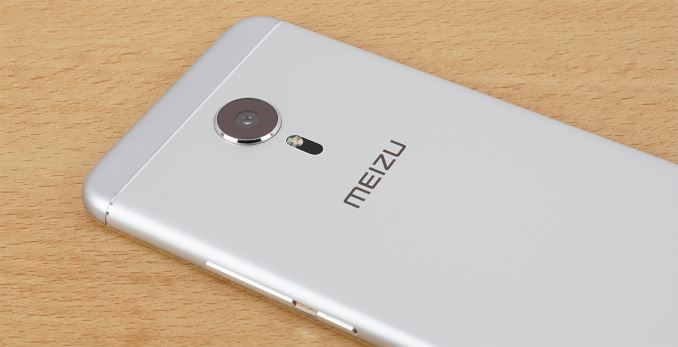
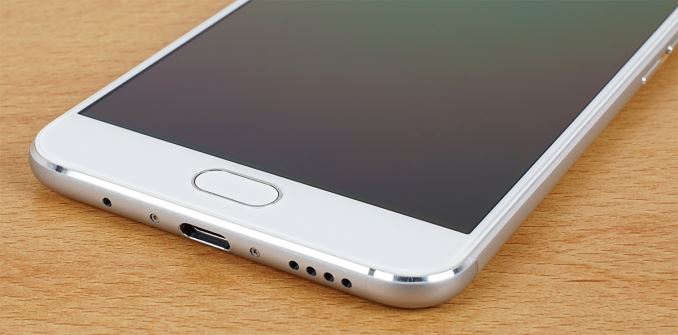
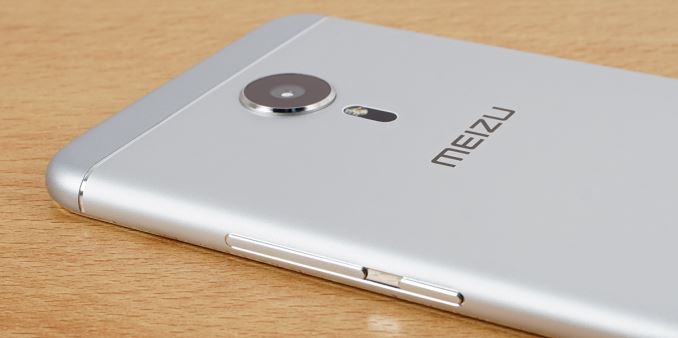
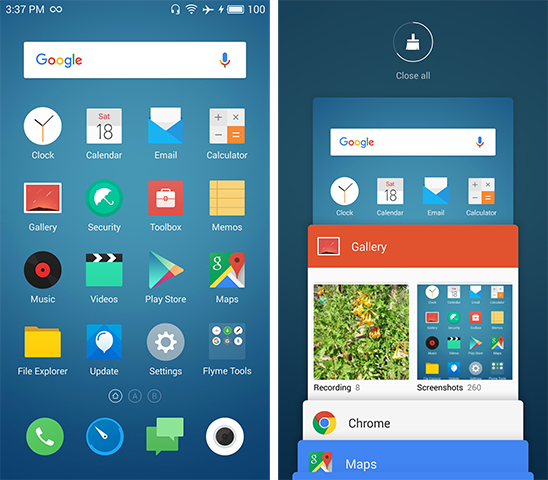

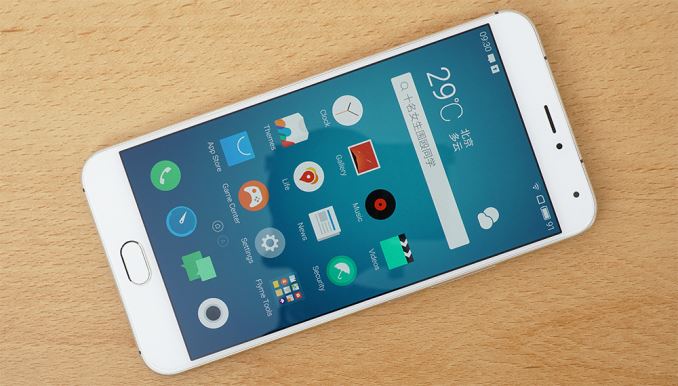








80 Comments
View All Comments
Aaight - Friday, June 24, 2016 - link
So...when is the second half of the s7 review coming out? This is getting ridiculous..Ranger1065 - Friday, June 24, 2016 - link
Anandtech is like a ship with a hole in the bottom, leaking water, and they only seem concerned with getting the ship pointed in the right direction.adriangb - Friday, June 24, 2016 - link
I say keep up the reviews of these Chinese phones! As has been pointed out, just because they're not brought to the US doesn't mean they're not available elsewhere.Also, consider that while AnandTech does put out the most thorough reviews, finding good ones one the newest Galaxy isn't hard. You can also walk into a store and test it yourself. For the rarer phones like Xiaomi, unless you can travel to China and read Chinese, you may not even know what the actual specs (including LTE bands) are before you buy it from some random seller.
justaway2 - Friday, June 24, 2016 - link
http://www.gsmarena.com/xiaomi_mi_5-6948.phpcwolf78 - Friday, June 24, 2016 - link
Why would you review this but not the HTC 10 considering availability? Can you at least do an audio comparison between the two for calls and music on the phone speaker and music performance on headphones? Or have you guys dismissed HTC as a "has-been" and have written them off? I know they aren't Apple or anything, but dayum...I used to come to AnandTech first for reviews, but those are days long gone it seems.
Zoomer - Friday, June 24, 2016 - link
I would like to see a htc ten review as well. It has some interesting features as well, and feel free to skip over the cpu/gpu benches. These are easily available elsewhere. And given the limited review resources, shouldn't devices that aren't near replacement be prioritised?Impulses - Saturday, June 25, 2016 - link
An audio comparison would be very interesting IMO since a lot of other reviewers have highly toured the HTC 10's audio output.kmmatney - Friday, June 24, 2016 - link
How is OS support for these phones? Do they have frequent Android updates? I purchased a Chinese tablet in the recent past, and support was pretty bad. The only real source of support was a forum. Are you going to be stuck on whatever version of Android comes with the phone when you buy it?aryonoco - Friday, June 24, 2016 - link
OS updates are terrible.Security updates are worse.
Once in a blue moon, they might get an update. Generally not an OTA, you have to flash them manually. Even then, count yourself lucky if you get them.
Anyone who cares about security and wanting a phone that gets prompt security updates and is supported for a reasonable amount of time should only look at the iPhone or the Nexus. And buy them outright.
Michael Bay - Wednesday, June 29, 2016 - link
>android anything>security